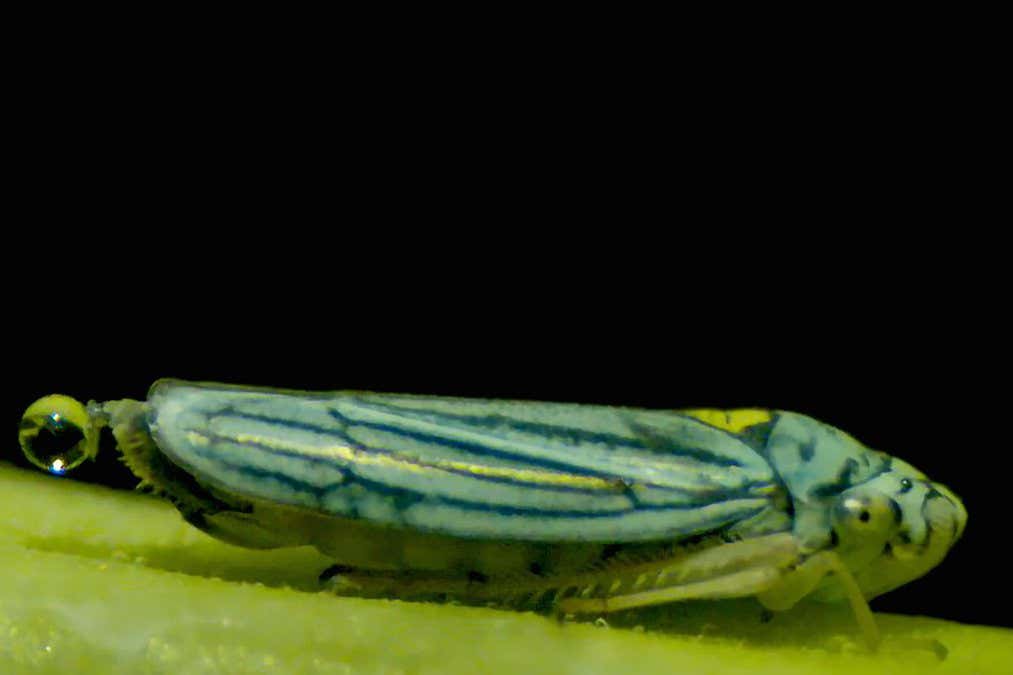Miniature Marvels: Insect Waste & Anal Propulsion – A Surprisingly Fascinating World
Insects, those tiny creatures often overlooked in our daily lives, possess a world of fascinating, and sometimes bizarre, adaptations. One area particularly ripe for exploration is their waste management and, surprisingly, their use of anal propulsion. While not exactly dinner table conversation, understanding these miniature marvels reveals intricate biological strategies with implications for various scientific fields.
The Tiny Titans of Waste Management
Insect waste management is surprisingly diverse, reflecting the incredible variety within the insect kingdom. From the meticulously crafted latrines of some social insects like ants and termites to the more haphazard droppings of others, these systems highlight the importance of waste disposal in their survival.
- Ants and Termites: These social insects maintain highly organized waste disposal systems. Designated workers remove waste from the nest, keeping it clean and preventing the spread of disease. This efficiency is critical to the survival of their complex societies.
- Dung Beetles: These unsung heroes of the insect world are masters of waste recycling. They utilize dung from larger animals, not only as a food source but also as a nesting material and a way to spread seeds. Their precise maneuvering and efficient waste processing contribute significantly to ecosystem health.
- Flies: Though often viewed as pests, flies also play a role in waste decomposition. Their larvae (maggots) are highly efficient decomposers, breaking down organic matter, which is crucial for nutrient cycling.
Anal Propulsion: More Than Just a Waste Disposal Method
While waste elimination is a primary function, anal propulsion in insects serves additional purposes. This seemingly simple act is incredibly versatile, with various applications depending on the species.
- Defense Mechanisms: Some insects use anal propulsion to expel noxious or irritating substances at predators, deterring attacks. This can involve spraying chemicals or even projecting fecal matter.
- Territorial Marking: Certain insects utilize anal secretions to mark their territories, communicating their presence and ownership to other individuals. These secretions can contain pheromones or other signaling molecules.
- Locomotion Assistance: In some larval stages, anal propulsion plays a role in locomotion, helping the insect to move across surfaces or even propel itself through water.
Scientific Implications and Future Research
The study of insect waste management and anal propulsion is not just a curiosity. It holds significant implications for various scientific disciplines:
- Biomimicry: Understanding the efficiency of insect waste management systems can inspire the development of innovative waste management technologies for humans. The precision and organization observed in social insects are particularly noteworthy.
- Pest Control: Knowledge of insect waste and its role in disease transmission can help develop more effective pest control strategies.
- Evolutionary Biology: Studying the diversity of waste management and anal propulsion strategies across different insect species offers valuable insights into evolutionary adaptations and the pressures shaping insect evolution.
Conclusion: A World of Tiny Wonders
The seemingly mundane world of insect waste management and anal propulsion reveals a surprising level of complexity and sophistication. By further exploring these miniature marvels, we can gain a deeper understanding of insect biology, ecosystem dynamics, and even inspire innovative solutions to human challenges. Future research in this area promises to unveil even more fascinating insights into the lives of these often-overlooked creatures.
Keywords: Insect waste, anal propulsion, insect biology, waste management, biomimicry, dung beetles, ants, termites, flies, ecosystem, evolution, pest control, scientific research.

